CARMAKERS GO ALL OUT AND HAVE A LAUGH AT THE PUBLIC’S EXPENSE. HERE’S OUR TOP 10
The automotive industry is a serious business, but that’s all the more reason to blow off steam every once in a while. In fact, the car world has perpetuated some of the greatest April Fool’s jokes of the last few decades.
To celebrate this very special day, here are 10 of the very best April Fool’s jokes from the car industry.
Many are so elaborate you would swear they were real — if they weren’t so silly. Enjoy!
Four-cylinder Mustang
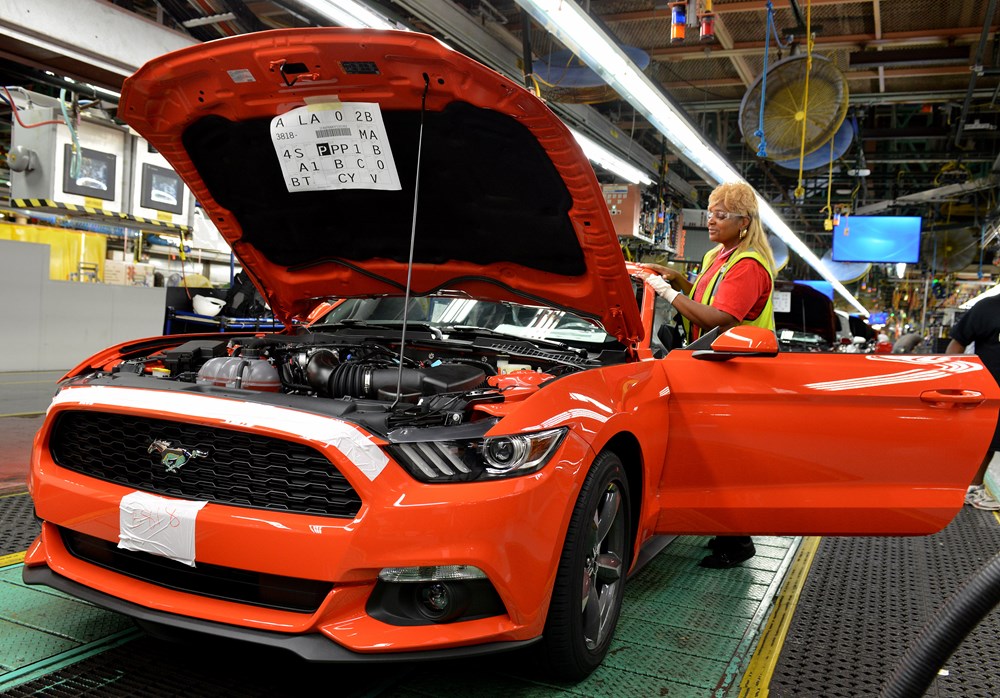
Steve McQueen would’ve loved the new four-cylinder Mustang.
There was much excitement in late-2013 as the sixth-generation Ford Mustang was revealed. It retained the aggressive styling of models past, but in other respects it was all change: the Blue Oval announced that it would be produced in both left and right-hand drive, and sold in more than 120 countries.
Company people capitalised on this interest for a brilliant leg-yank on April 1, 2014. Ford announced that the new global Mustang would be sold with a four-cylinder powerplant.
“The Mustang is an iconic muscle-car with decades of heritage,” said the company blurb. “We’re certain that what buyers really want is a thrifty engine: that’d really be something to really brag about.
“Indeed, if Steve McQueen had been driving a four-cylinder Mustang in Bullitt, he would have been able to chase that Charger and still have enough left in the tank for a week’s worth of running around San Francisco.”
Car bosses work for $1
In the throes of the Global Financial Crisis in 2008, America’s car companies collectively went to the government, cap-in-hand, for bailout money.
Dark times, but the bosses of both Ford and General Motors thought it prudent to lighten the mood with a little humour. They drove to Washington in hybrid vehicles to ask for astronomical loans and in return offered to work for $1 a year until things got better. Brilliant.
Porsche SUV
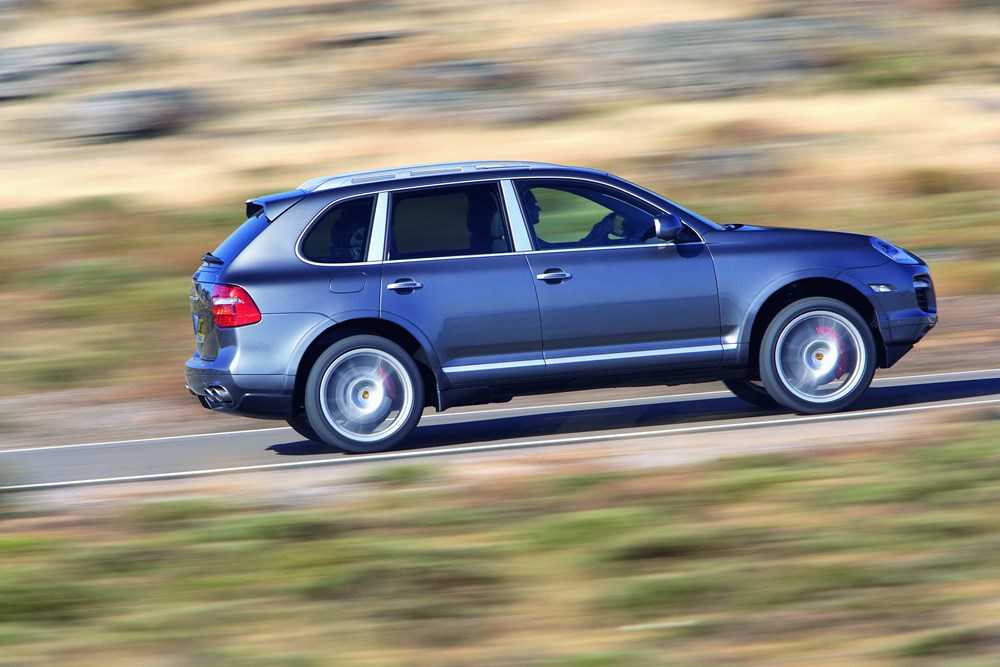
On April 1, 2002, Porsche announced that it was launching a sports utility vehicle (SUV).
“As the world’s top maker of specialist sports cars, we know that the core values of Porsche translate perfectly to a two-tonne wagon with high ground clearance,” the company said.
“There is something unique about getting a bird’s eye view of a racetrack and we absolutely expect this new model to replace the 911 in the Porsche revenue, we mean range, in a very short space of time.
“In recognition of the potential of this concept, we’ll be co-developing this car with another maker of legendary sports cars, Volkswagen.
“They’ve long argued that putting engines in the front rather than back is a great idea and frankly, we’re starting to see their point.”
Ford-by-Jaguar sales boom
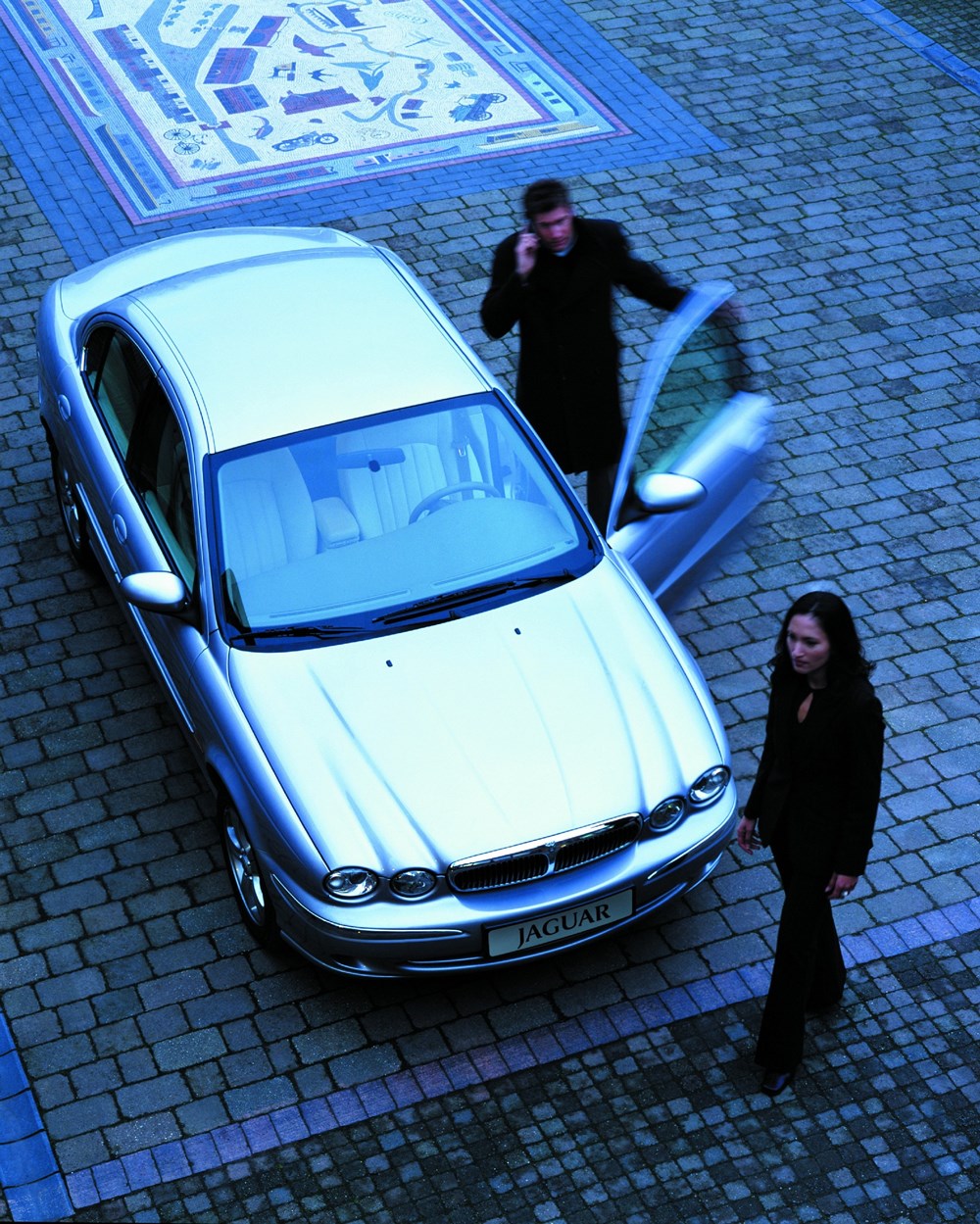
Jaguar and Ford created the Jaguar X-Type.
The Brits are famous for a dry sense of humour.
On April 1, 2001, Jaguar announced that it would build a small sedan based on the humble Ford Mondeo.
This new model would still feel really posh and tackle the German competition head-on, quickly reaching sales of 100,000 a year.
An ambitious piece of comedy, although nobody believed it for a moment.
Holden Camaro
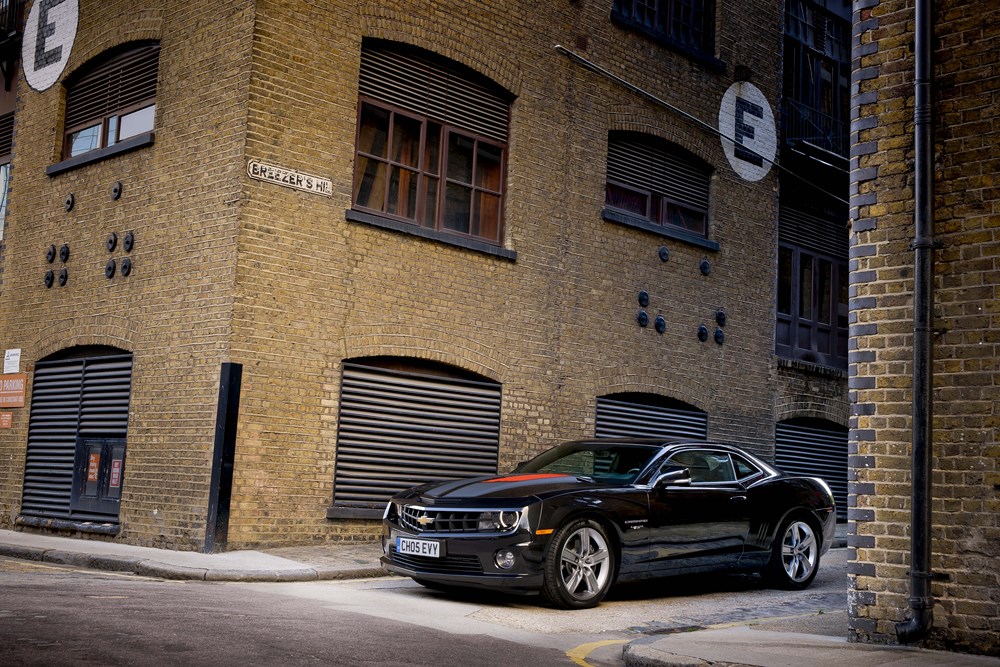
Holden Camaro isn't an April Fool's joke.
A few years ago, there was a massive resurgence in retro-styled American coupes. On April 1, 2009, General Motors (GM) created headlines with a fake announcement that it was about to launch a new-generation Camaro based on the platform of an Australian taxi, and that the car had even been developed Downunder.
“We want to broaden the concept of this classic coupe and many at the office are big fans of Neighbours,” said a tongue-in-cheek GM press release.
“So we’ve turned to Australia and the Holden Commodore and the team there have ensured that we’ve covered the essentials. Trust us: the new Camaro can comfortably be driven in flip-flops and the boot holds up to 200 tinnies.
Nuclear powered car
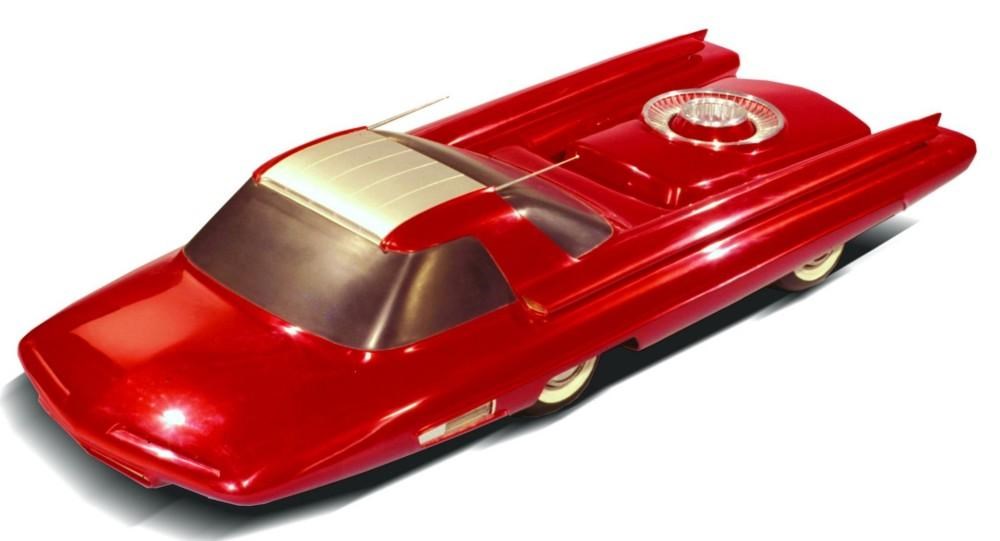
Ford announced plans for a nuclear-powered car.
On April 1, 1958, Ford announced plans for a nuclear-powered car. With barely concealed mirth, the company said its new Nucleon would carry a miniature nuclear reactor in the back, running on steam produced by uranium fission. “Imagine setting out into the cut-and-thrust of city traffic with your own personal nuclear reactor on board,” said the company. “Clean, efficient and safe: what could possibly go wrong?”
Japanese Alfa Romeo
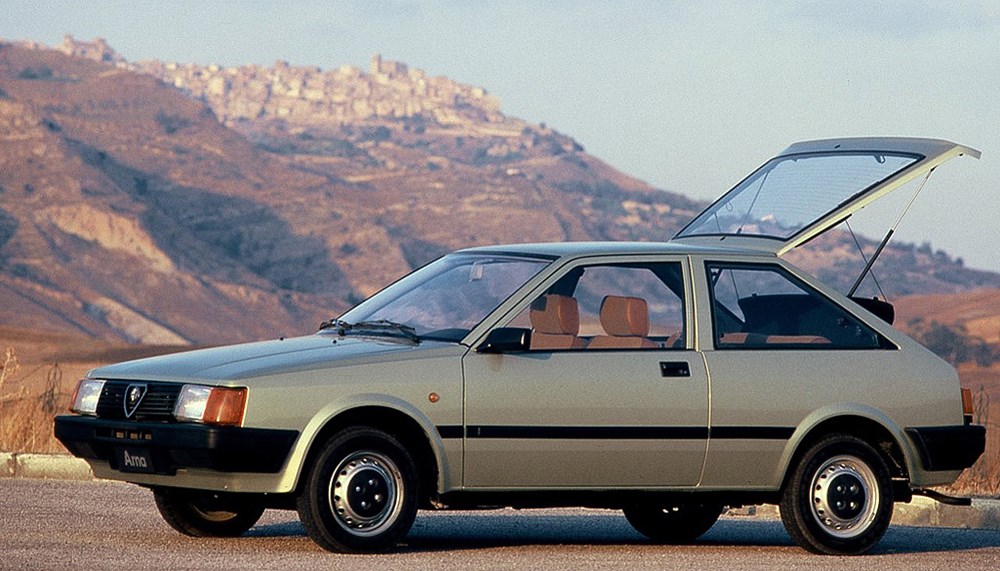
Alfa Romeo and Nissan collaborated on the Arna
On April 1, 1983, Alfa Romeo and Nissan came up with an outrageous idea. They pretended they were co-operating on a new small car to help bring the Italian company back into profit and help the Japanese brand crack Europe. The car would be called the Arna. They both got carried away and descended into the absurd.
This is a wonderful opportunity to bring the individual strengths of our brands together,” said a spokesman at the media launch event, held in a very nice sushi restaurant in Turin.
“Nissan, famous for its fashion-forward styling and dynamic flair, will provide the basic vehicle: the beautiful Pulsar hatchback.
“Alfa Romeo, highly regarded for its reliability and advanced electronic architecture, will handle the powertrain and ancillary systems.”
Ridiculous.
Other Aussie car

The Leyland P76 hit the streets in 70s
In the mid-1970s, the Australian car industry was dominated by models from Ford, Holden and Chrysler. British Leyland was on an April Fool’s roll at this time, having created genius gags like the Austin Allegro and Triumph Stag.
So it commissioned Leyland Australia to play an Aussie-themed April Fool’s joke. On April 1, 1973, the company announced that it had hit on a winning formula with a new sedan designed especially for Australia.
Said Leyland Australia: “Drawing on the international research expertise of our parent company, we have ascertained that style, quality and a trusted brand are not the top priorities for Australian buyer. What they really want is space for a 44-gallon drum in the boot.
“Blokes and sheilas, we present the P76.”
Crossover Convertible
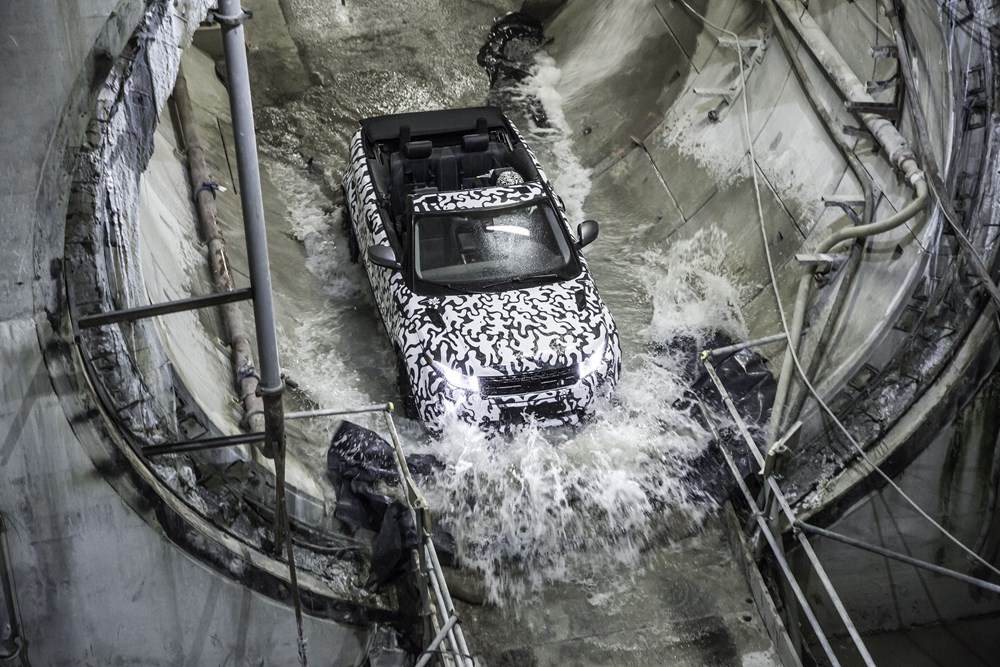
The Land Rover Evoque convertible is no joke.
Land Rover has announced that on April 1, 2016, it will launch a Range Rover Evoque convertible. Enough said.
Daimler-Chrysler merger
You couldn’t imagine a greater culture clash than one between German and American carmakers. But in the late-1990s Daimler-Benz and Chrysler executives overcame all of that and joined together for a huge joke.
On April 1, 1998, the management of both companies sent out a joint press release announcing that they had embarked on a “merger of equals”, with Daimler’s equal bit being 92 per cent and Chrysler’s equal bit being whatever was left around the back of the shed.
“We are confident this will be a long and profitable alliance,” said the press release, which was written in Comic Sans font. “Future plans include a unified platform strategy, starting with some for Chrysler that are currently in storage at the transfer station in Stuttgart.”
The laughing didn’t last long. But then, April Fool’s Day does finish at lunchtime.





